Tom’s Corner
Tips, techniques and commentary from Master Model Railroader Tom Piccirillo
Back in the 1960’s, when I was a teenager, I used to ride my bike several miles to view the annual model railroad show at the Central Jersey Model Railroad Club in Westfield, NJ. Although I liked watching the huge O scale steam and diesel locomotives hauling their heavy trains down the main line, I found myself highly fascinated by the operation of the model trolley cars that plied their way from one town to another on the layout . . . over, under, and around the main line tracks. I was hooked. Modeling O scale traction was to become my life-long passion. Collecting electric current from the wire suspended over the tracks in order to power the cars was the ultimate in realism, and I had to prove this could work in reliable fashion, even in model form.
Many trolley models collect the electricity using the customary trolley pole, which has a shoe or wheel pressing against the wire. As in prototype operation, the poles often come off the wire, and freight locomotives performing switching duty had to change the pole trolleys from one end to the other when they changed direction. This was a real nuisance on both the prototype and on the model. So, the pantograph was developed to collect current no matter which way the car or locomotive was moving. Reliable it was, and so remains to this day.
A pantograph is a rather ungainly, complicated device. To construct one, especially in model size, requires many forming operations to shape thin round rods into the configuration needed to complete the assembly.
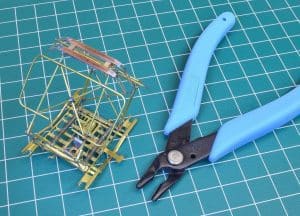
Anyone who has tried to build a pantograph has found that, to simply grab a piece of brass rod in a regular pliers and force it into shape with his fingers, leads to disappointment. The resulting bend is rarely uniform, and kinks cause breakage. So, I use the Xuron® #575 Micro Forming Pliers to bend the rod into the shape I need. A few gentle squeezes of the comfortable rubber handles are all that’s needed to form curves of exacting shape.
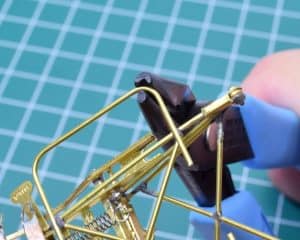
The contours of the pliers’ jaws act like a bending die to curve the rod without distortion or breakage. The rounded edges of the jaw grooves minimize marring the surface of the brass rod. Although the assembly is still pretty tricky to solder together, the model 575 Micro Forming Pliers eliminates the difficulty of forming the parts.
After giving the “pan” a coating of graphite, it’s mounted on the roof of a car and off we go . . .
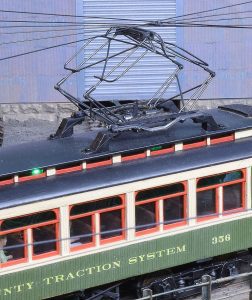
We shouldn’t overlook other model railroad uses for the model 575 Micro Forming Pliers. As one example, it’s especially handy for adjusting the trip pins on magnetic knuckle couplers, which must hang at the correct distance above the rails to work reliably. They’re quite small, but made of tough steel to be magnetic. This makes them difficult to bend without using the correct tool. With the Micro Forming Pliers, we have complete control over the amount of bend in the trip pin to set it at the correct height.
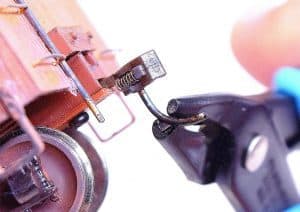

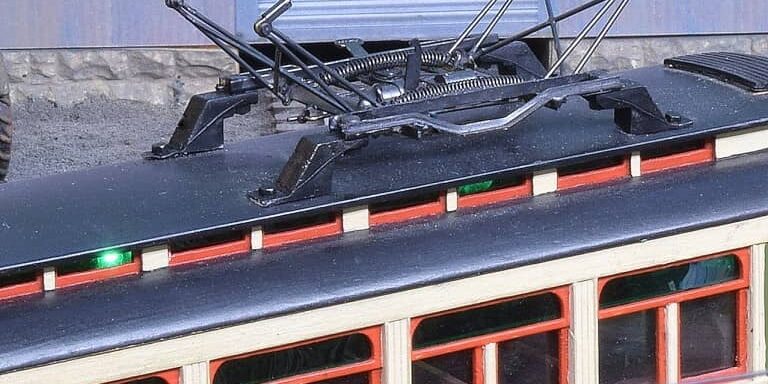
thanks –great data– Bill Balderson
Thanks for reading, Bill!